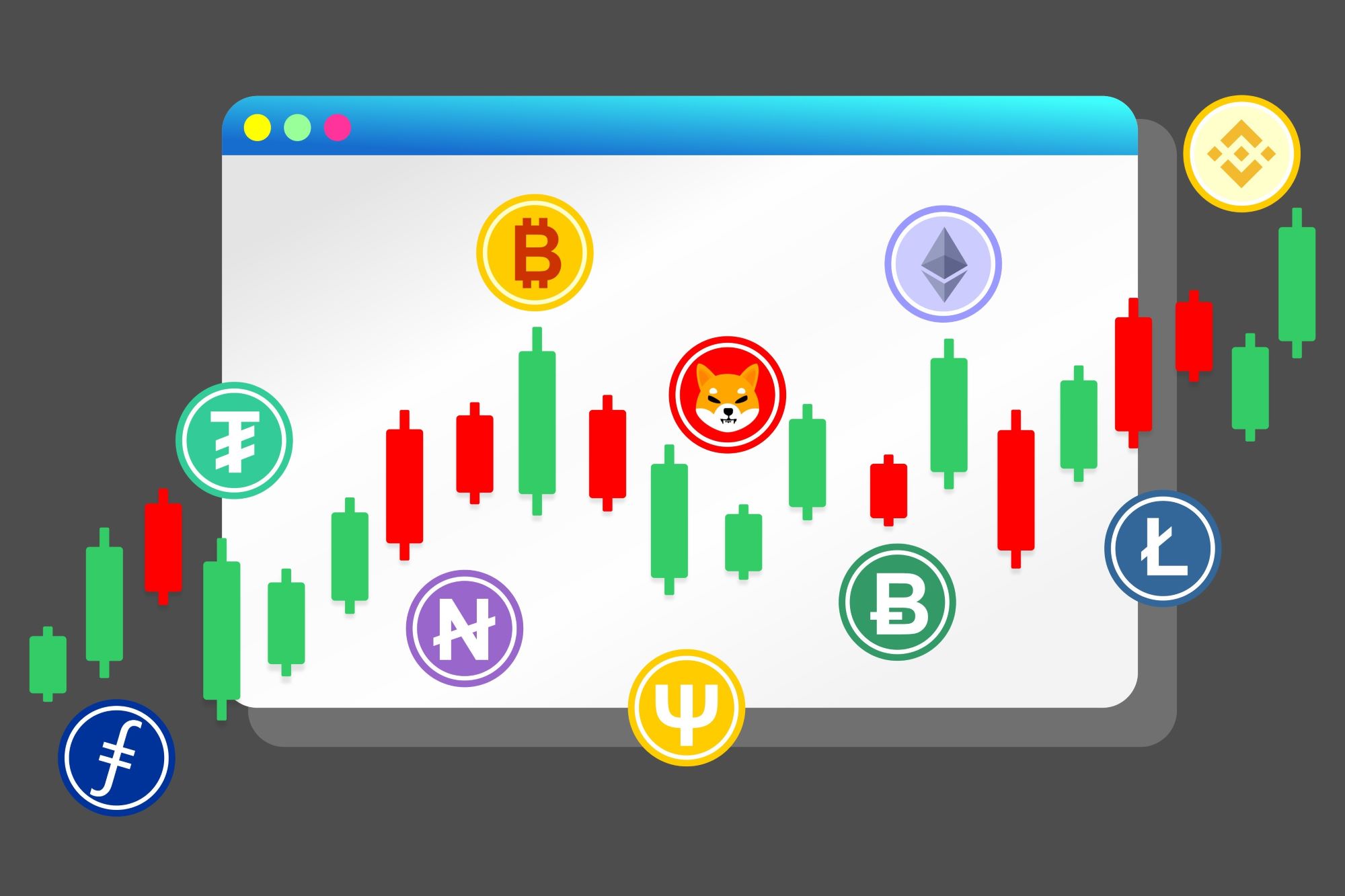Today’s crypto bots offer advanced features that empower traders with sophisticated tools for market analysis and decision-making. This article explores cutting-edge functionalities such as AI-driven predictive analytics, multi-exchange trading, and automated portfolio rebalancing. Discover how these features elevate the capabilities of crypto bots in optimizing trading strategies and achieving competitive advantages.
Automated Trading Strategies
Automated trading strategies in crypto bots allow for continuous and efficient trading without human intervention. These strategies are designed to execute trades based on pre-defined criteria and algorithms, ensuring that trades are made at optimal times to maximize profits and minimize losses. The absence of human emotions such as fear and greed ensures that decisions are purely data-driven, leading to more consistent trading outcomes.
One popular automated trading strategy is market making, which involves placing buy and sell orders simultaneously to profit from the spread between the bid and ask prices. This strategy provides liquidity to the market and can generate steady profits in stable market conditions. Another common strategy is arbitrage, where the bot exploits price differences of the same asset across different exchanges. By buying low on one exchange and selling high on another, the bot can achieve risk-free profits.
Trend following is another effective automated trading strategy where the bot identifies and capitalizes on the momentum of asset price movements. By following the prevailing market trend, whether bullish or bearish, the bot can enter and exit trades in alignment with the direction of the trend. This strategy is particularly useful in volatile markets, where significant price movements can lead to substantial gains. Automated trading strategies thus enable traders to leverage advanced algorithms and continuous market monitoring to optimize their trading performance.
Machine Learning Algorithms
Machine learning algorithms have revolutionized the capabilities of crypto bots by enhancing their ability to analyze vast amounts of data and improve decision-making processes. These algorithms can be categorized into several types:
- Supervised Learning: Crypto bots using supervised learning algorithms are trained on labeled historical data to predict future price movements. They learn patterns and correlations from past data to make informed trading decisions.
- Unsupervised Learning: This type of algorithm enables crypto bots to identify patterns and anomalies in data without labeled examples. Unsupervised learning algorithms are particularly useful for clustering similar market conditions or detecting unusual trading activities.
- Reinforcement Learning: Reinforcement learning algorithms allow crypto bots to learn through trial and error. They receive feedback in the form of rewards or penalties based on their trading actions, which helps them improve their strategies over time.
These algorithms enable crypto bots to adapt to changing market conditions and optimize trading strategies continuously. They can detect subtle patterns that may not be apparent to human traders and execute trades with precision and speed. Machine learning algorithms also play a crucial role in risk management by predicting market trends and identifying potential risks before they escalate. By harnessing the power of machine learning, crypto bots can significantly enhance trading efficiency and profitability in the dynamic cryptocurrency market.
High-Frequency Trading (HFT)
High-frequency trading (HFT) in the realm of cryptocurrency involves executing a large number of trades within extremely short time frames, often measured in milliseconds. Crypto bots designed for HFT leverage sophisticated algorithms and high-speed data networks to identify and act on minor price discrepancies across different exchanges. By making rapid trades, these bots can capitalize on fleeting market opportunities that are imperceptible to human traders. The primary goal of HFT is to achieve small but consistent profits that accumulate over a vast number of trades, leading to substantial overall gains.
The success of HFT relies heavily on low-latency execution and advanced computational power. These bots require robust infrastructure to process vast amounts of market data in real-time and execute trades almost instantaneously. Additionally, HFT strategies often employ techniques such as statistical arbitrage and order flow analysis to predict short-term price movements. Despite its potential for high returns, HFT also carries significant risks, including the potential for substantial losses if the market moves against the bot’s position. Nevertheless, for traders equipped with the right technology and expertise, HFT can be a powerful tool in the fast-paced world of cryptocurrency trading.
Sentiment Analysis
Sentiment analysis in crypto bots involves the use of natural language processing (NLP) and machine learning techniques to gauge market sentiment from textual data sources such as:
- News Articles: Crypto bots can analyze news articles to assess the sentiment surrounding specific cryptocurrencies or the market as a whole. Positive news might indicate bullish sentiment, while negative news could signal bearish sentiment.
- Social Media Posts: Platforms like Twitter, Reddit, and Telegram are rich sources of real-time sentiment data. Crypto bots monitor these platforms to detect trends, opinions, and reactions from the community that may influence market movements.
- Forums and Blogs: Analyzing discussions on forums and blogs provides insights into the sentiment and perceptions of individual traders and influencers within the cryptocurrency community.
By analyzing these textual data sources, crypto bots can derive sentiment scores or indicators that help predict potential market movements. Positive sentiment might prompt the bot to consider buying, while negative sentiment could trigger a sell-off. Some advanced sentiment analysis models incorporate sentiment lexicons, sentiment drift detection, and sentiment aggregation techniques to refine their predictions further. Overall, sentiment analysis empowers crypto bots to make more informed trading decisions based on the collective sentiment of market participants.
Risk Management Tools
| Tool Type | Description | Purpose |
| Stop-loss Orders | Automatically sell an asset when its price reaches a specified threshold. | Limit potential losses in volatile markets. |
| Take-profit Orders | Automatically sell an asset when its price reaches a specified profit level. | Lock in profits and prevent market reversals. |
| Position Sizing | Determine the amount of capital allocated to each trade based on risk tolerance. | Manage overall portfolio risk effectively. |
Risk management tools are integral to the operation of crypto bots, ensuring that traders can mitigate potential losses and protect their investments. These tools include:
- Stop-loss Orders: By setting a stop-loss order, traders instruct the crypto bot to automatically sell a cryptocurrency if its price falls below a predetermined level. This helps limit losses during market downturns or unexpected price fluctuations.
- Take-profit Orders: Conversely, take-profit orders instruct the bot to sell a cryptocurrency once it reaches a specified profit target. This allows traders to lock in gains and avoid the risk of market reversals eroding profits.
- Position Sizing: Effective risk management also involves determining the appropriate size of each trade relative to the trader’s overall portfolio size and risk tolerance. Crypto bots can calculate position sizes based on factors such as account balance, risk percentage per trade, and market volatility.
These risk management tools empower traders to maintain discipline and adhere to their trading strategies even in volatile market conditions. By implementing these measures, traders can minimize the impact of market uncertainties and optimize their chances of achieving long-term profitability in cryptocurrency trading.



